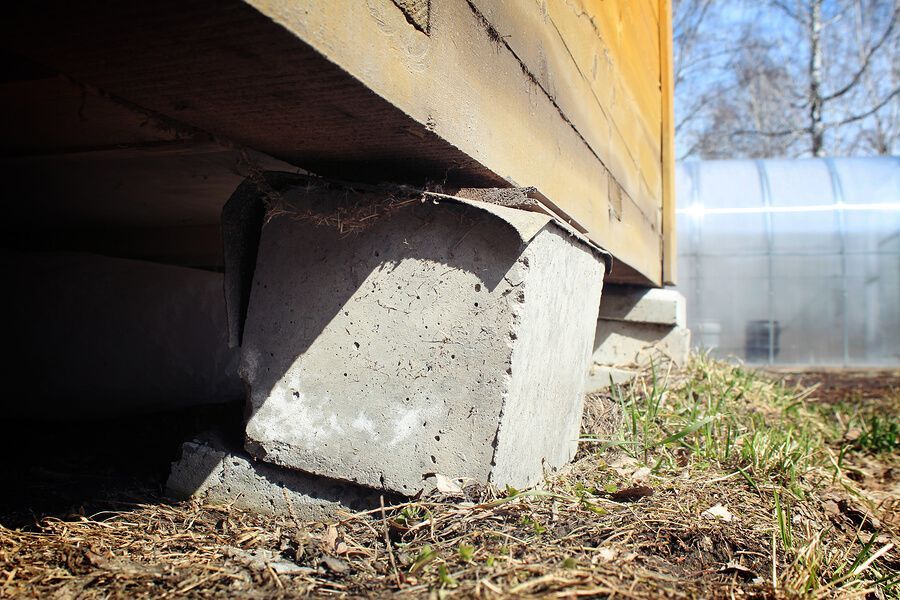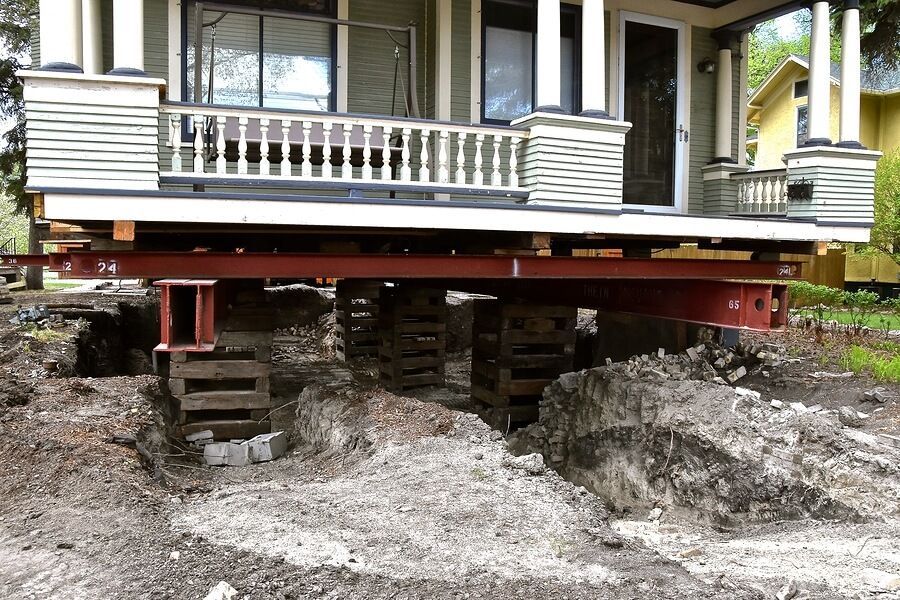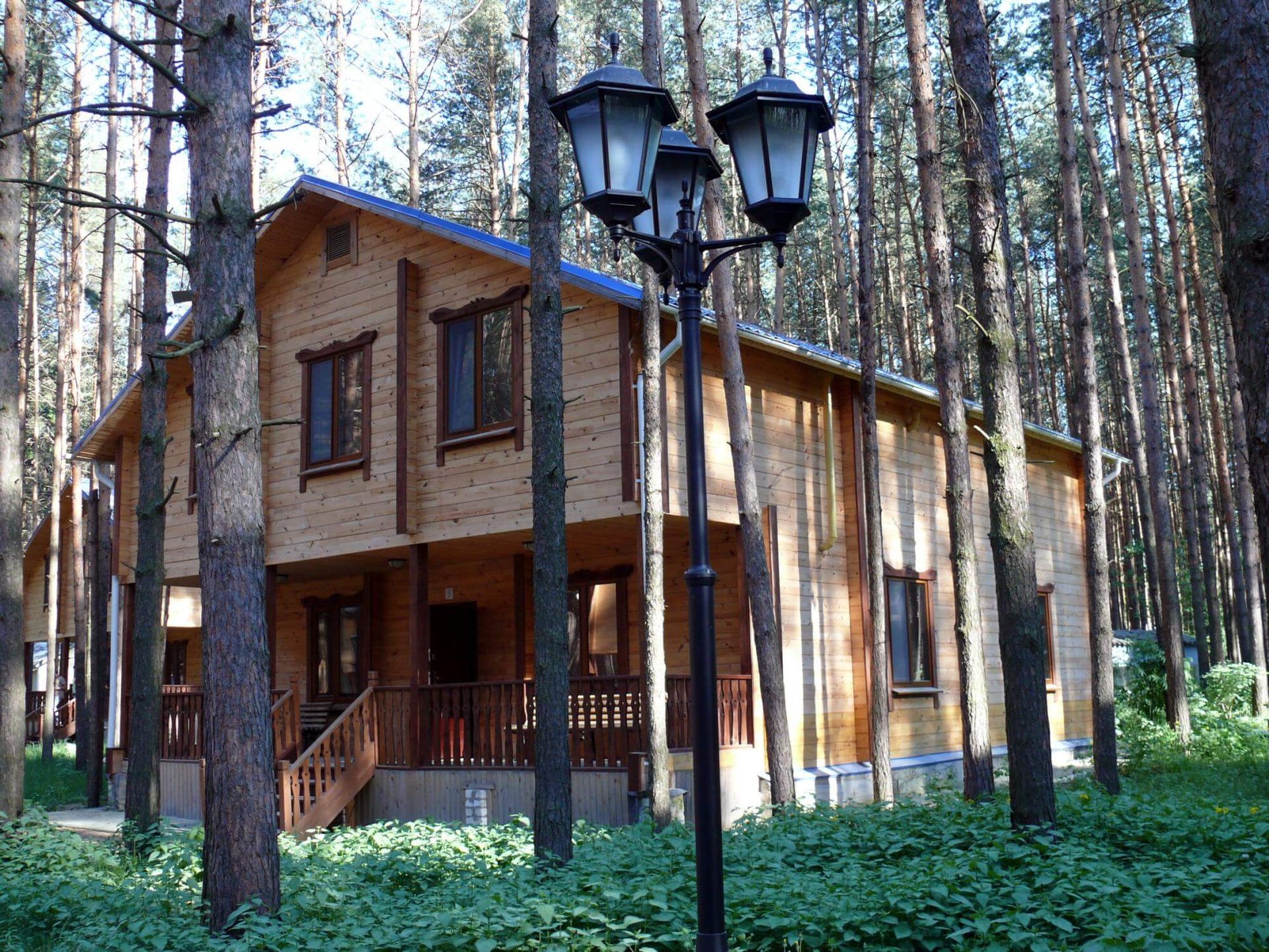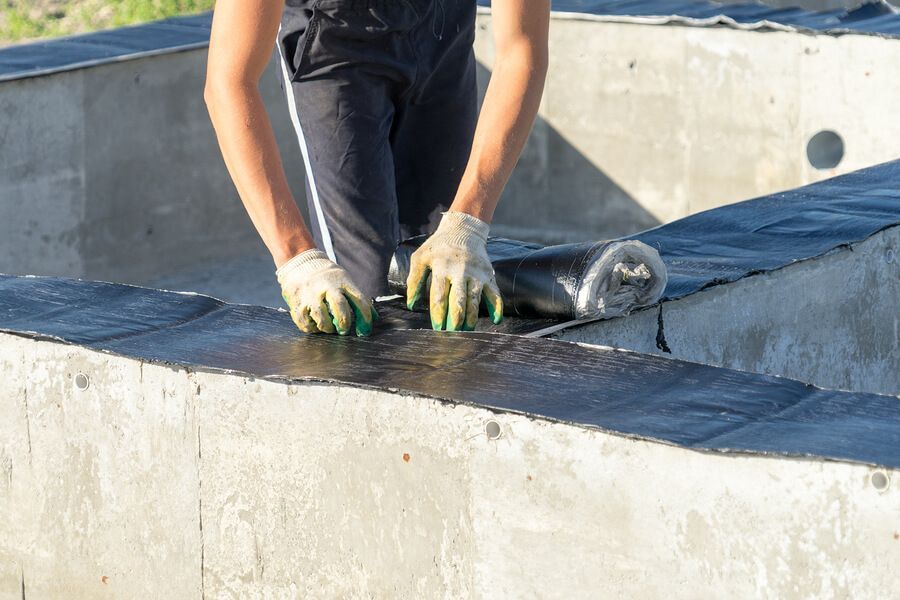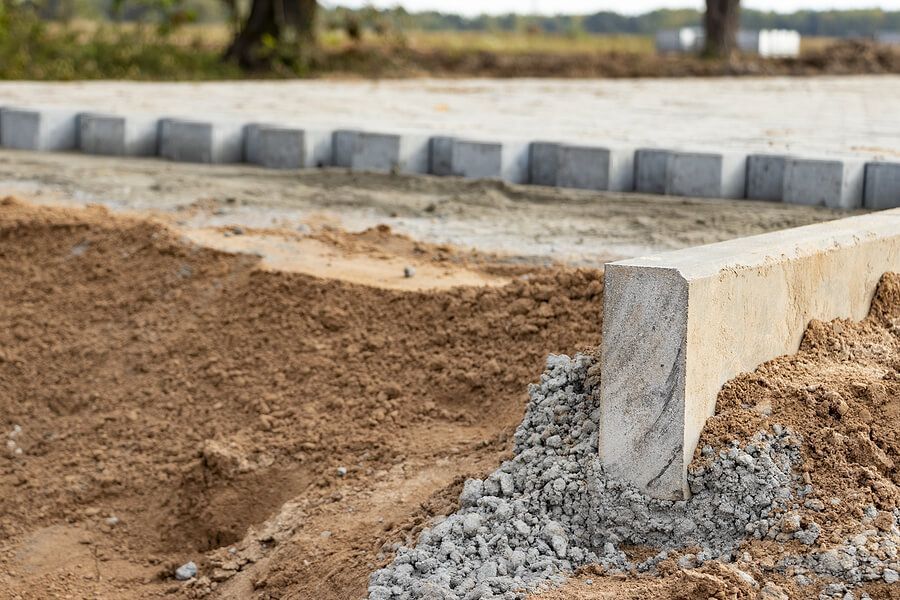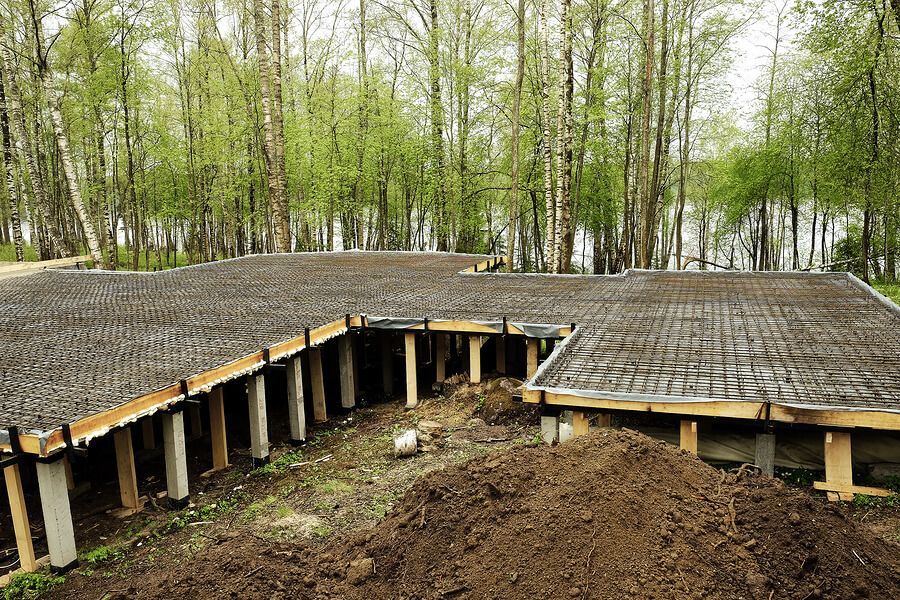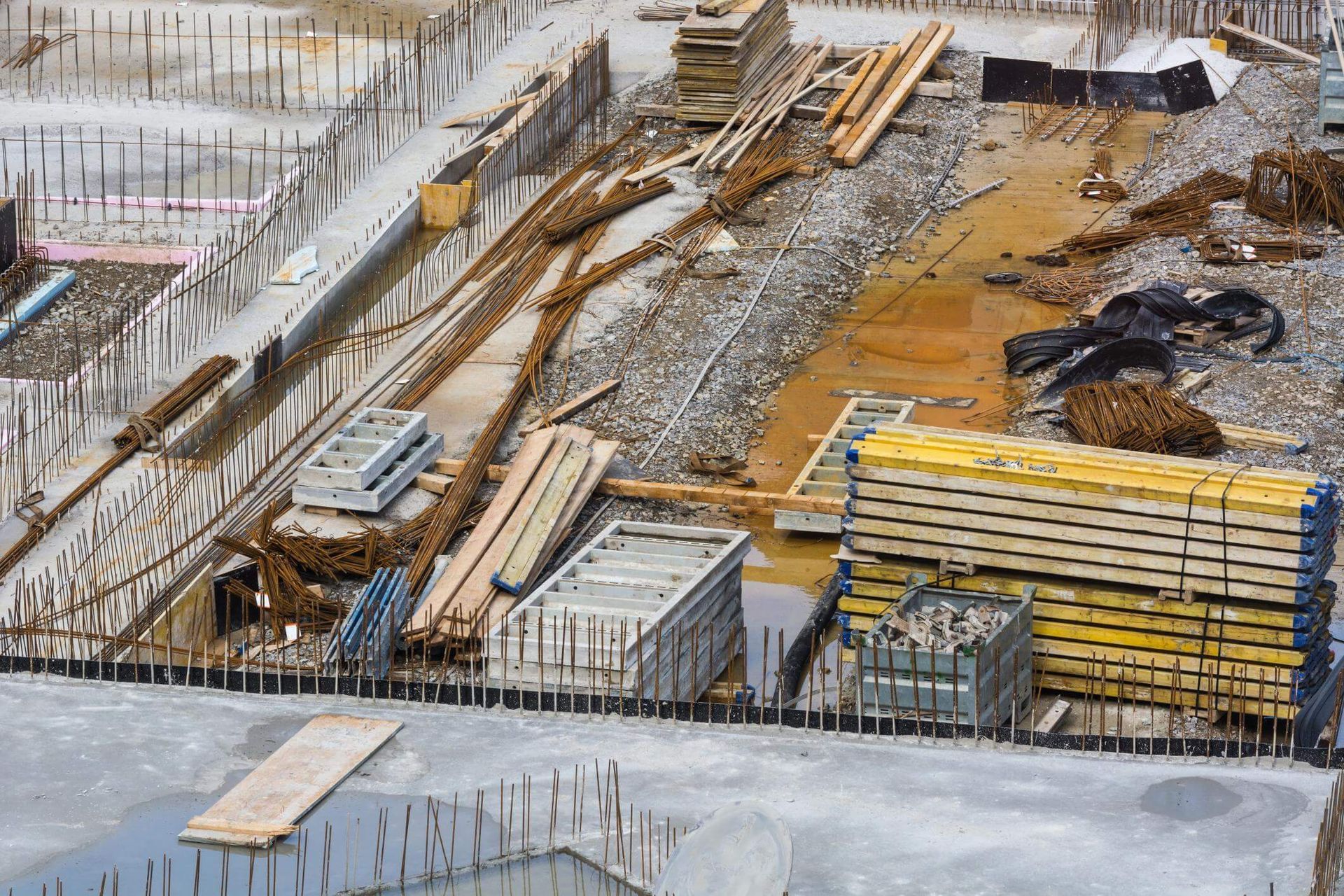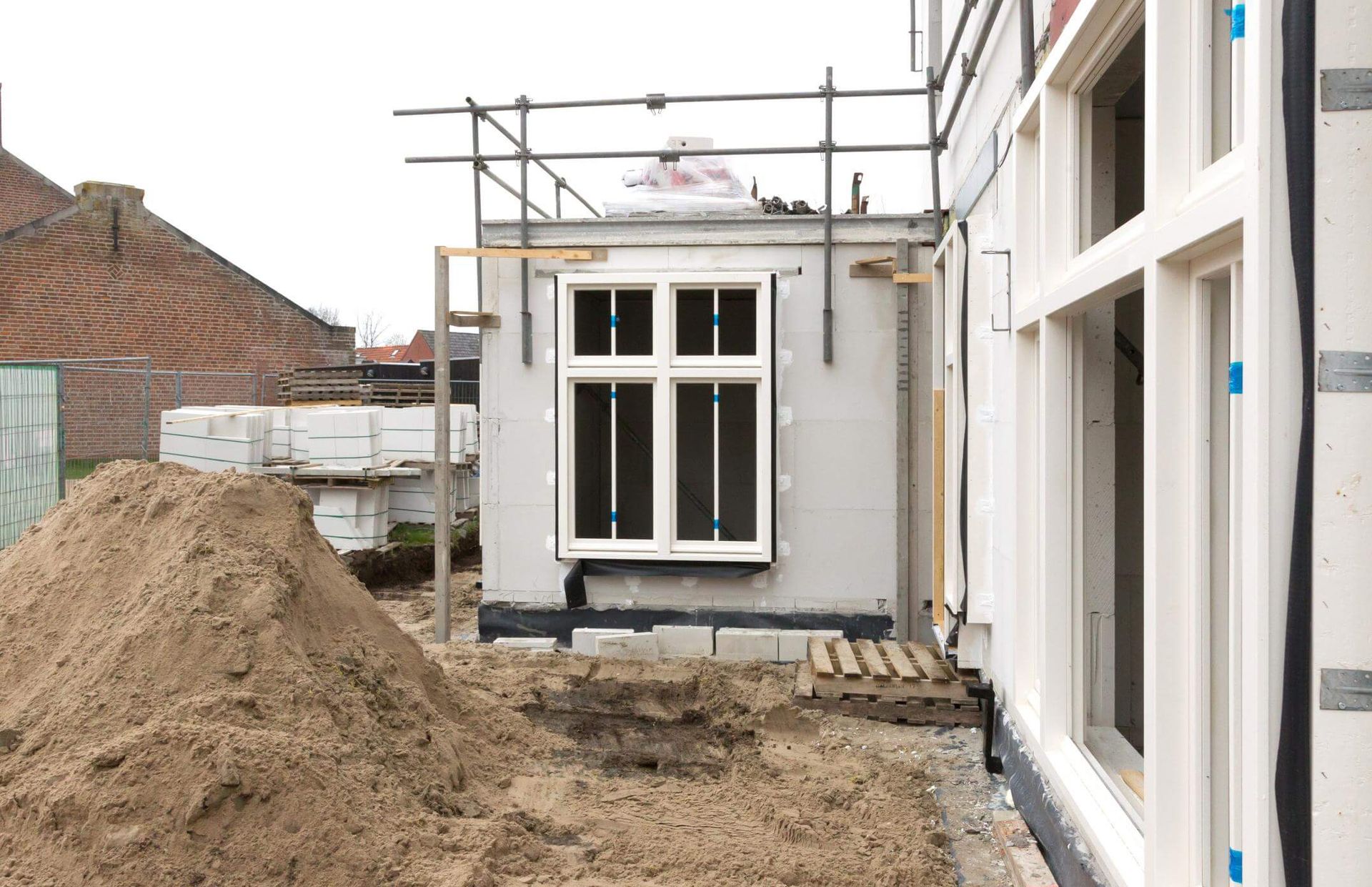The Future of Foundation Underpinning: Innovations and Forecasts
Exploring Tomorrow's Foundation Underpinning Solutions
In the realm of construction and structural stability, foundation underpinning has always been a cornerstone. It's a field that constantly evolves, adapting to new challenges and innovations. As we look toward the future, several trends and predictions stand out, reshaping how we approach underpinning house foundations, pilings foundation, and various footing types.
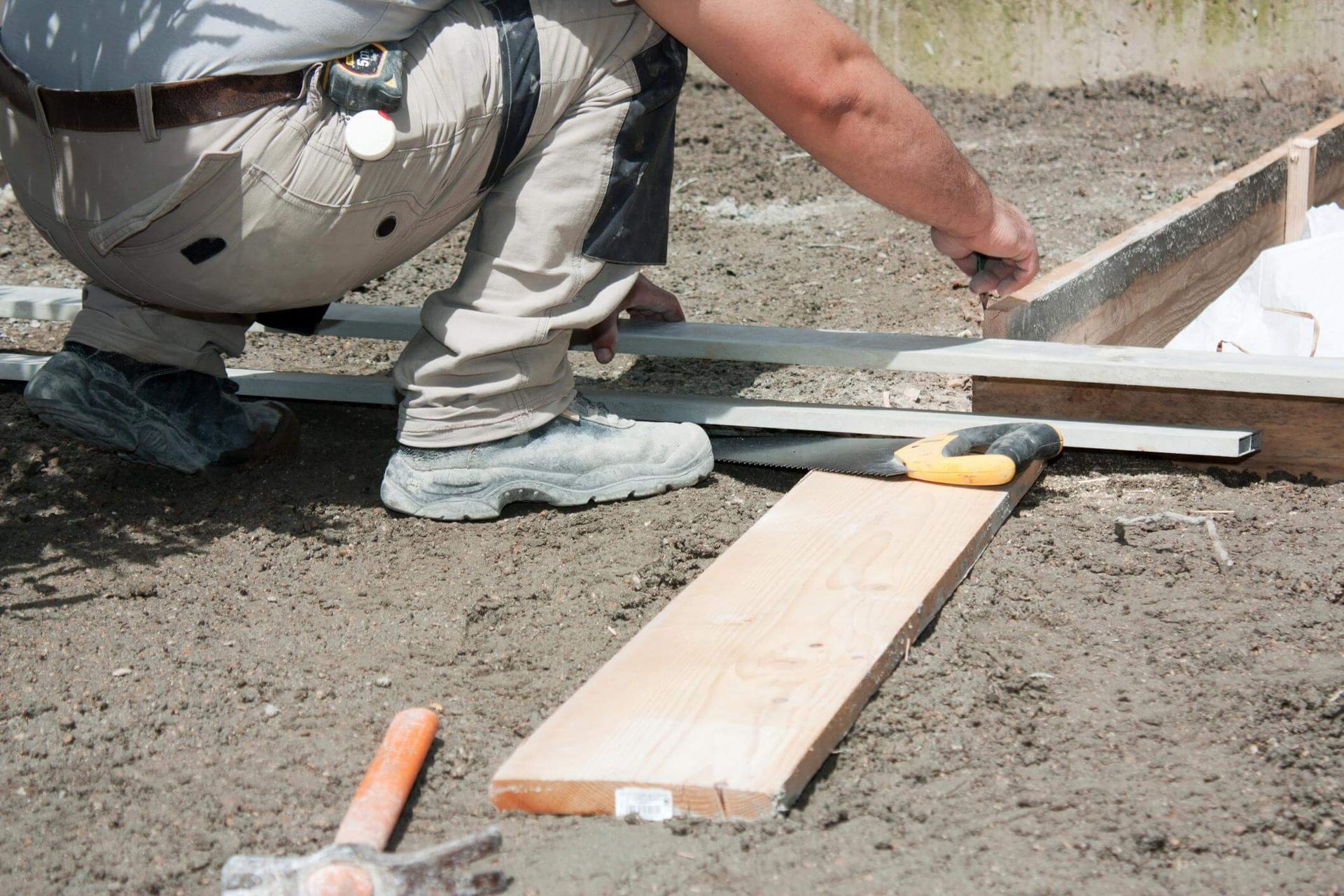
The Changing Landscape of Foundation Underpinning
Underpinning, the process of reinforcing an existing foundation, has seen significant advancements over the years. Traditional methods of concrete underpinning are being supplemented and, in some cases, replaced by more sophisticated techniques. These new approaches promise increased efficiency and offer enhanced durability and adaptability. The integration of technology in underpinning practices is becoming more prevalent, leading to smarter, more responsive foundation systems.
Additionally, environmental considerations are now at the forefront, driving the development of underpinning methods that are not only effective but also eco-friendly. This shift represents a significant step towards sustainable construction practices, ensuring that underpinning solutions are in harmony with our evolving environmental consciousness.
Embracing Advanced Pilings Foundation Techniques
Pilings foundation, a critical aspect of underpinning, is undergoing a transformative phase. The use of innovative materials and designs in pilings is set to significantly improve the load-bearing capabilities of foundations. Composite materials, which bring together the best qualities of different substances, are becoming more prevalent in pilings. This trend is about more than just strength; it's also about sustainability, as these new materials often have a lower environmental impact.
Advances in pilings technology are also focusing on enhanced installation methods that reduce time and disturbance to the surrounding area. These developments are particularly crucial in urban environments, where space constraints and the need to minimize disruption are paramount.
Revolutionizing Footing Types
Footing types are also witnessing a revolution. The focus is shifting towards more adaptable and versatile footings that can be used in a variety of soil types and conditions. This adaptability is crucial, especially in areas prone to seismic activity or where soil conditions are unpredictable. Engineers and researchers are exploring new geometries and materials for footings that can dynamically adjust to changes in soil moisture and density.
These innovations could lead to a new generation of self-adjusting foundations, capable of responding to environmental changes without human intervention, thereby ensuring greater structural safety and longevity.
House Foundation Repair: A New Era
The arena of house foundation repair is set for a significant overhaul. Techniques that are less invasive and more cost-effective are on the rise. The future lies in methods that cause minimal disruption to the occupants while providing long-lasting repairs. Techniques like slab jacking and the use of polyurethane foam injections are examples of this new direction. These methods not only repair but also enhance the foundation's resistance to future issues.
Additionally, the development of new diagnostic tools, like advanced imaging and AI-based analysis, is enabling more precise identification of problems, ensuring that repairs are targeted and effective.
The Growing Importance of Slab Foundation Repair
Slab foundation repair is gaining importance in the underpinning world. With the increased use of slab foundations in modern construction, the need for specialized repair techniques is on the rise. Innovations in this area are focused on precision and minimizing the need for extensive excavation. New repair methods, such as the injection of expansive polymers, are being developed to address common slab issues like cracking and settling with minimal disruption. These advancements not only improve the efficacy of repairs but also extend the lifespan of slab foundations, making them more reliable and sustainable in the long term.
Concrete Underpinning: Adapting to Modern Needs
While concrete underpinning has been a mainstay for years, its future involves integration with modern technology. The use of smart sensors to monitor stress and strain on concrete structures is one such advancement. These sensors can provide real-time data, allowing for proactive maintenance and repair. The incorporation of new concrete formulations, such as self-healing concrete, is also on the horizon. This material can repair its own cracks, significantly reducing maintenance needs and prolonging the foundation's life. These technological integrations are transforming concrete underpinning from a static solution into a dynamic, adaptive system that can withstand the challenges of the modern world.
Predictions for Underpinning House Structures
As we look forward, we can expect to see more personalized underpinning solutions. The one-size-fits-all approach is becoming obsolete. Tailored underpinning methods, based on specific house designs and local environmental conditions, are set to become the norm. Sustainability and technology are two key drivers in the future of underpinning. Green underpinning solutions that reduce environmental impact are in development. At the same time, the integration of smart technology in underpinning practices is poised to enhance efficiency and effectiveness. These smart systems can provide continuous monitoring and automated adjustments to the foundation, ensuring optimal performance and longevity.
The future of underpinning foundation is bright and brimming with potential. Innovations in pilings foundation, diverse footing types, and specialized repair techniques for both house and slab foundations are paving the way for safer, more efficient, and sustainable building practices. As we embrace these changes, the industry is set to offer more robust, environmentally friendly, and cost-effective solutions for maintaining the structural integrity of buildings.
For more insights into these trends, explore our homepage, delve into our blogs.
Oakland Foundation Repair Pros

